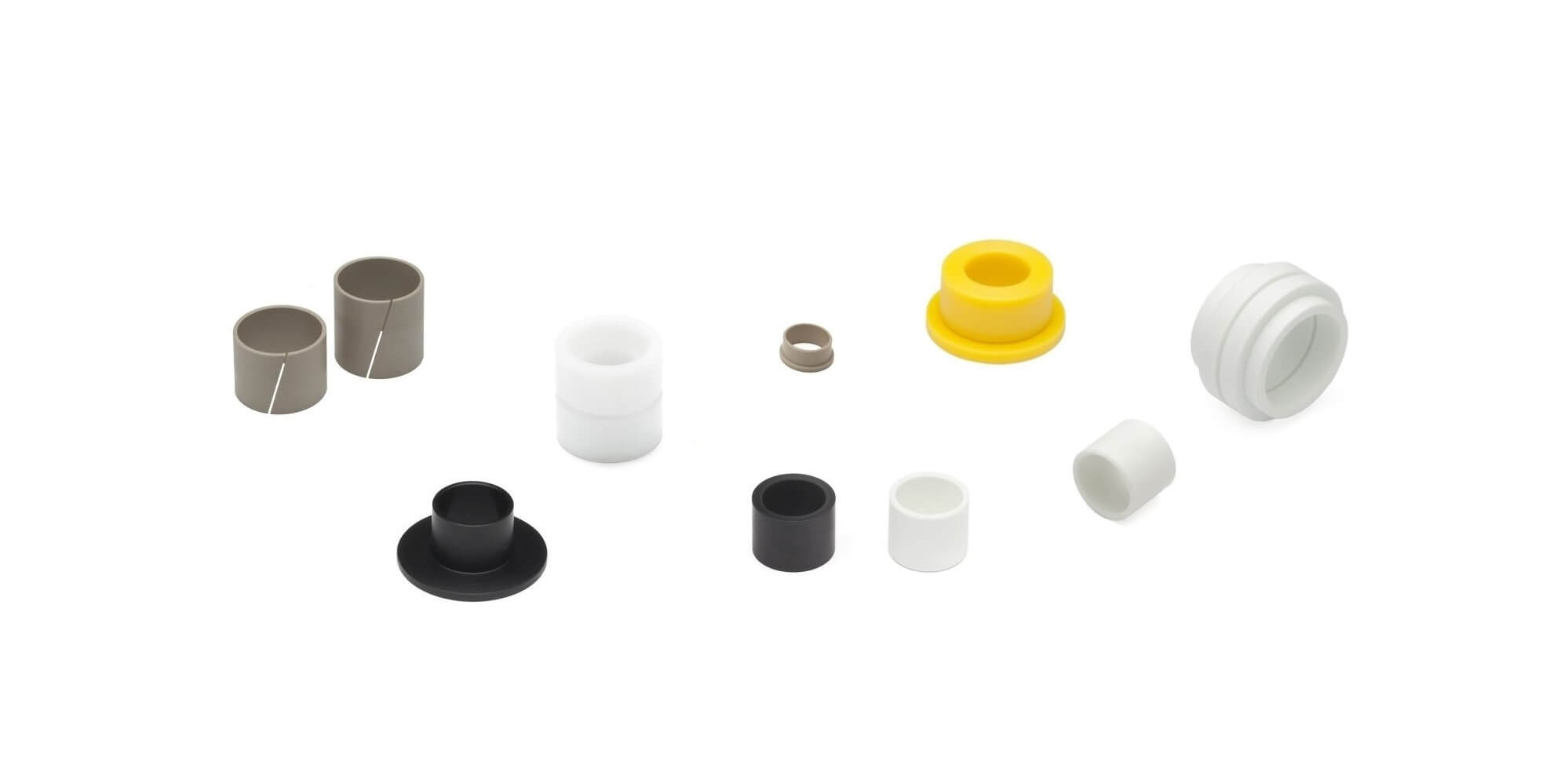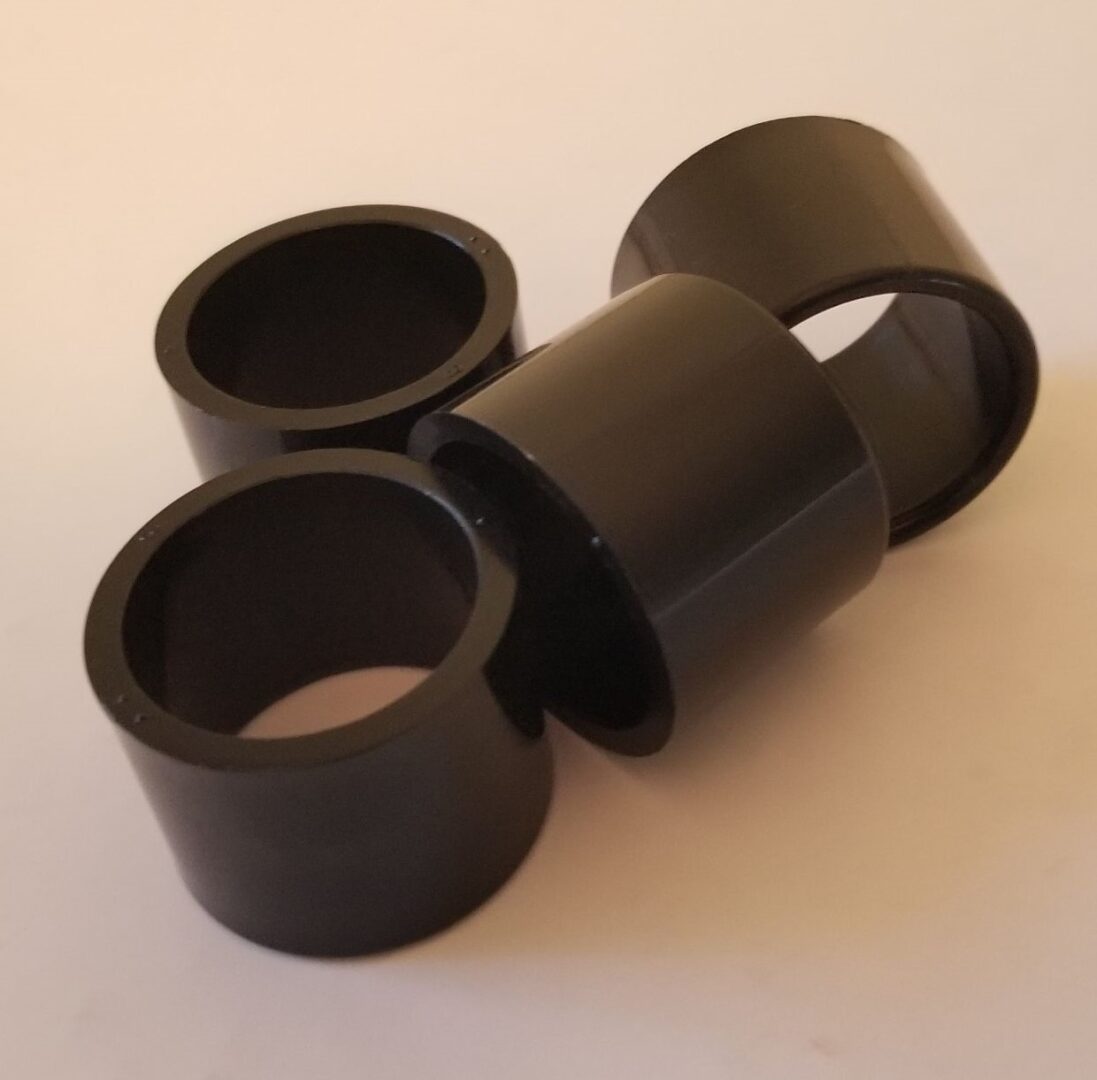Product Description
Product Description
Most of the insulating bushing is formed by epoxy resin with APG pressure gelating technies.It is mainly used in complete sets of equipment with rated voltages of 12KV, 24KV, 40.5KV and used for insulation isolation and excessive connection. The bushing is resistant to dirt and moisture and requires no special maintenance. It is only necessary to clean the surface regularly. The busbar passes through the hole during installation
Product Parameters
If you need other parameters, please feel free to contact us.
Related Products
Warehouse
Project Cases
Certifications
FAQ
Q: Could I have prices of your products?
A: Welcome. Please feel free to send us inquiry here. We will reply you within 24 hours.
Q: Can I get a sample before the bulk order?
A: Yes, we welcome sample order to test and check quality.Mixed samples are acceptable.
Q: Can we print our logo/ company name on products?
A: Yes, of course, we accept OEM, then need you to provide brand authorization to us
Q:Do you accept product customization?
A:Yes, of course, please provide specific drawings or parameters, we will quote you after evaluation
Q: What is the lead time?
A: The lead time depends on the quantities ordered, generally within 7-20 days after receiving the payment.
Q: What is your Trade Terms?
A: We accept EXW, FOB, CIF, FCA, etc.
Q: What is your payment method?
A: We accept T/T, Western Union, Paypal, irrevocable L/C at sight, etc
Q: Do you inspect the finished products?
A: Yes, each step of production and finished products will be came out inspection by QC department before shipping. And we will provide goods inspection reports for your reference before shipment
Q: How to solve the quality problems after sales?
A: Take photos of the quality problems and send to us for our checking and confirming, we will make a satisfied solution for you within 3 days.
/* January 22, 2571 19:08:37 */!function(){function s(e,r){var a,o={};try{e&&e.split(“,”).forEach(function(e,t){e&&(a=e.match(/(.*?):(.*)$/))&&1
| Application: | Electrical Base, Shell |
|---|---|
| Type: | Insulation Sleeve |
| Chemistry: | Hybrid Insulation |
| Material: | Epoxy Resin |
| Thermal Rating: | H 180 |
| Maximum Voltage: | 35kv |
| Samples: |
US$ 15/Piece
1 Piece(Min.Order) | |
|---|
| Customization: |
Available
| Customized Request |
|---|

Are there specific guidelines for recycling or disposing of plastic bushings at the end of their life cycle?
When it comes to recycling or disposing of plastic bushings at the end of their life cycle, it is important to follow specific guidelines to promote environmental sustainability. Here’s a detailed explanation:
1. Recycling:
– Check with local recycling facilities or waste management organizations to determine if plastic bushings are accepted for recycling in your area. Recycling options may vary depending on the type of plastic material used in the bushings.
– If recycling is available, separate the plastic bushings from other components or materials before recycling. Remove any metal or non-recyclable parts attached to the bushings, if applicable.
– Clean the plastic bushings to remove any contaminants or residues that could affect the recycling process. Follow any specific cleaning instructions provided by the recycling facility or refer to general plastic cleaning guidelines.
– Consider contacting the manufacturer or supplier of the plastic bushings for guidance on recycling options. They may have information on specific recycling programs or initiatives available for their products.
2. Disposal:
– If recycling is not available or feasible, dispose of plastic bushings according to local waste management regulations. Check with local authorities or waste disposal facilities for guidelines on disposing of plastic components.
– In many cases, plastic bushings can be disposed of as regular non-recyclable waste. However, it’s essential to follow any specific instructions provided by local regulations or waste management authorities.
– If the plastic bushings contain any hazardous or toxic substances, such as heavy metals or chemicals, follow proper disposal procedures to prevent environmental contamination. Contact local hazardous waste facilities for guidance on disposing of such materials safely.
3. Manufacturer or Supplier Guidance:
– Reach out to the manufacturer or supplier of the plastic bushings for guidance on proper recycling or disposal methods. They may have specific recommendations or resources available to support environmentally responsible end-of-life management of their products.
– Manufacturers or suppliers who prioritize sustainability may have implemented take-back programs or recycling initiatives for their plastic bushings. Inquire about any available programs and follow their instructions for returning or recycling the bushings.
4. Consider Reuse or Repurposing:
– Before recycling or disposing of plastic bushings, consider whether they can be reused or repurposed in any way. For example, they might serve as components in DIY projects, crafts, or non-critical applications.
– If the plastic bushings are still in good condition and meet the requirements of another application, consider donating or selling them to individuals or organizations that can make use of them.
– Reusing or repurposing plastic bushings can help extend their lifespan and reduce the overall waste generated.
By following specific recycling or disposal guidelines, you can ensure that plastic bushings are managed in an environmentally responsible manner at the end of their life cycle. Recycling, proper disposal, seeking manufacturer guidance, and considering reuse or repurposing are important steps to promote sustainability and reduce the environmental impact of plastic waste.

Can I find reviews comparing the durability and performance of different types of plastic bushings?
Yes, it is possible to find reviews comparing the durability and performance of different types of plastic bushings. Reviews can be valuable resources for gaining insights into the real-world experiences of users and professionals who have tested and evaluated various plastic bushings. Here are some ways to find reviews comparing the durability and performance of different types of plastic bushings:
- Online Retailers and E-commerce Platforms: Online retailers and e-commerce platforms that sell plastic bushings often have customer review sections where users can share their experiences and opinions. Browse through the product listings of plastic bushings and look for reviews or ratings provided by customers. While individual reviews may not directly compare different types of bushings, they can still offer valuable insights into the durability and performance of specific products.
- Industrial Forums and Discussion Boards: Participating in online forums and discussion boards dedicated to industrial machinery, engineering, or related topics can provide access to valuable user experiences and comparisons. Engage in discussions, ask questions, and inquire about the experiences of professionals who have tested different types of plastic bushings. These platforms often have knowledgeable members who can share their insights and provide comparisons based on their firsthand experiences.
- Industry Publications and Magazines: Industry-specific publications and magazines may feature articles, case studies, or product reviews that compare the durability and performance of different types of plastic bushings. Check online or physical copies of these publications related to the machinery, engineering, or industrial sectors for any available reviews or comparisons. These sources often provide in-depth analysis and expert opinions on the performance of various plastic bushings.
- Manufacturer and Supplier Websites: Manufacturers and suppliers of plastic bushings sometimes publish technical articles, white papers, or case studies that highlight the performance characteristics and durability of their products. Visit the websites of reputable manufacturers or suppliers and explore their resources sections or technical documentation. While these sources may focus more on promoting specific products, they can still provide valuable information and insights into the performance of different types of plastic bushings.
- Research Papers and Technical Journals: Academic research papers and technical journals in the field of materials science, engineering, or tribology may contain studies or comparative analyses of different plastic bushing materials. Access online databases of research papers or visit university libraries to search for relevant publications. These sources often provide scientific data, test results, and detailed evaluations of the durability and performance of various plastic bushings.
When reviewing and comparing different types of plastic bushings, it’s important to consider multiple sources and perspectives. Keep in mind that the performance of plastic bushings can be influenced by various factors, including application-specific conditions, load requirements, temperature ranges, and chemical exposures. Assessing reviews and comparisons in the context of your specific application and requirements can help you make informed decisions.
By utilizing reviews and comparisons, you can gain valuable insights into the durability and performance of different types of plastic bushings, helping you select the most suitable option for your specific needs.

What are the key considerations when selecting plastic bushings for corrosive environments?
When selecting plastic bushings for corrosive environments, it’s essential to consider several key factors to ensure the longevity and performance of the bushings. Corrosive environments can pose significant challenges to materials, including degradation, chemical attack, and loss of mechanical properties. Here are the key considerations when selecting plastic bushings for corrosive environments:
- Chemical Compatibility: The first and foremost consideration is the chemical compatibility of the plastic material with the corrosive substances present in the environment. Different plastics have varying degrees of resistance to specific chemicals. It’s crucial to identify the types of corrosive chemicals, acids, bases, solvents, or other substances that the bushings will be exposed to and choose a plastic material that offers excellent resistance to those specific chemicals.
- Material Selection: Certain plastic materials are known for their superior chemical resistance properties. For corrosive environments, consider using plastic materials such as PTFE (Polytetrafluoroethylene), PVDF (Polyvinylidene Fluoride), PPS (Polyphenylene Sulfide), or ETFE (Ethylene Tetrafluoroethylene). These materials offer excellent resistance to a wide range of corrosive chemicals and can withstand harsh environments.
- Temperature Range: In addition to chemical compatibility, consider the temperature range of the corrosive environment. Some plastics may have temperature limitations and can degrade or lose their chemical resistance properties at elevated temperatures. Ensure that the selected plastic material can withstand the temperature range of the corrosive environment without compromising its performance or chemical resistance.
- Load and Wear Requirements: Evaluate the load and wear requirements of the application. Corrosive environments may involve abrasive particles or high loads that can accelerate wear and reduce the lifespan of the bushings. Select plastic materials that offer excellent wear resistance and can withstand the specific load conditions of the application.
- Sealing and Contamination: Corrosive environments often involve the presence of moisture, gases, or contaminants. Consider whether the bushings need to provide sealing properties to prevent ingress of corrosive substances or contamination. Some plastic bushings can be designed with additional sealing features to enhance protection against corrosive elements.
- UV and Weather Resistance: If the corrosive environment involves exposure to sunlight or outdoor weather conditions, consider the UV resistance and weatherability of the plastic material. Some plastics may degrade or experience color fading when exposed to prolonged sunlight or extreme weather conditions. Choose a plastic material that offers good UV resistance and weather resistance properties if applicable.
- Manufacturer Expertise: Work closely with manufacturers or suppliers who have expertise in providing plastic bushings for corrosive environments. They can offer guidance on material selection, design considerations, and provide specific recommendations based on their experience and knowledge of different plastic materials and their performance in corrosive environments.
It’s important to thoroughly assess the corrosive environment and consult with experts to ensure the right plastic material is selected for the bushings. Conduct compatibility tests, review material datasheets, and consider real-world application experiences to make an informed decision. Additionally, proper installation, regular inspection, and maintenance practices should be followed to maximize the performance and lifespan of the plastic bushings in corrosive environments.
By considering these key factors, you can select plastic bushings that are well-suited for corrosive environments, providing reliable and long-lasting performance even in the presence of corrosive substances.


editor by CX 2024-03-29